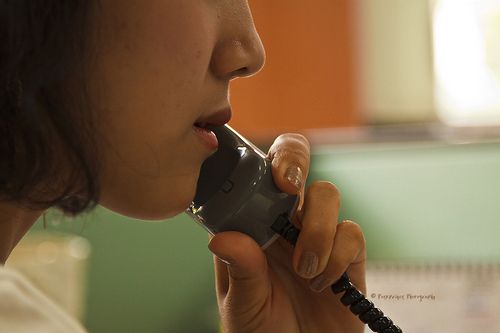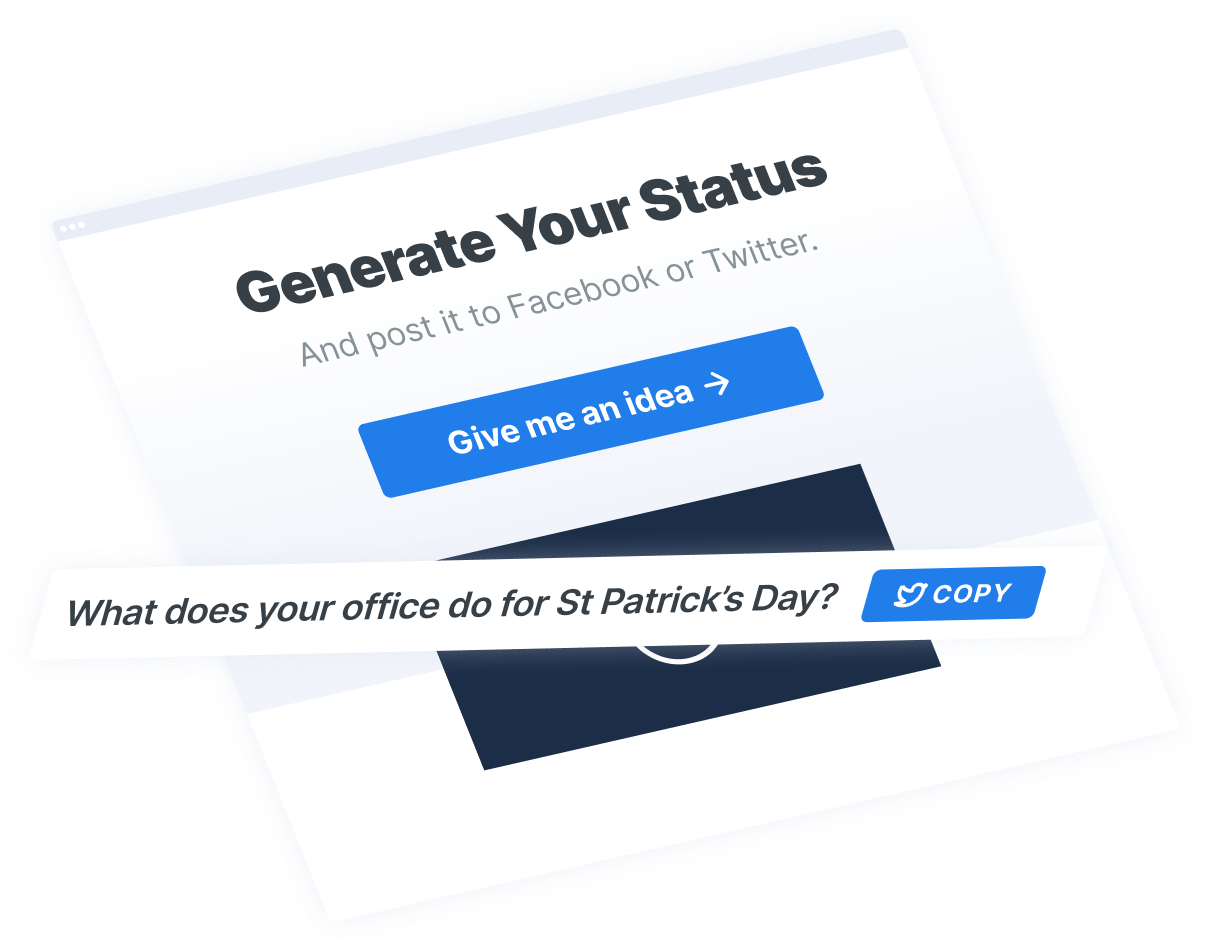- Home
- Blog
- Social Media The Ideal Social Media Customer Service Experience
The Ideal Social Media Customer Service Experience
-
 5 min. read
5 min. read
-
 Trevin Shirey
Trevin Shirey VP of Marketing
VP of Marketing
- Trevin serves as the VP of Marketing at WebFX. He has worked on over 450 marketing campaigns and has been building websites for over 25 years. His work has been featured by Search Engine Land, USA Today, Fast Company and Inc.
If you make a phone call to a business, there’s probably a limit to the amount of time you’re willing to wait on hold. You’re a busy person, after all, and sitting around listening to static-riddled classical music probably wasn’t on your to-do list for the day. After ten minutes of waiting, you’re annoyed; after half an hour, you’re mad.
And if you make it to a full hour without hanging up, you’re probably downright furious. Why, then, should it come as any surprise that 42% of customers who contact businesses for help online expect a response in an hour or less? While the original intent of Facebook and Twitter was probably not to give consumers a way to complain to brands, brands put themselves on those channels, so you could say they opened themselves up to it.
Why join if you didn’t want to hear from your customers? That’s what the “social” in “social media” stands for, after all. 
Imagine being on hold for eleven hours. Yikes. So how quickly should a brand acknowledge a problem, question, or even a complement posted online?
We’ll answer that question by looking at how Buffer handled online customer service in a time of crisis.
How Buffer Handled Being Hacked
![]() Last October, social media sharing tool Buffer was hacked. A few users saw spam content posted to their social media pages through the application.
Last October, social media sharing tool Buffer was hacked. A few users saw spam content posted to their social media pages through the application.
The hack occurred on a Saturday afternoon, when most social media managers would be off-duty. Buffer, however, responded immediately. Less than half an hour after the spam reports started, Buffer acknowledged the hack on their Twitter account, apologizing and promising an update ASAP.
Shortly thereafter, they put up a post on their blog (originally titled “Buffer Has Been Hacked – here is what’s going on”) that apologized, described the problem, and laid out steps for users to take while a resolution was developed. This post was continuously updated during the crisis – and those updates didn’t stop when the hack was resolved, but continued for hours and even days after. Was this the right way to handle the hacking?
Take a look at the comments on the blog post (and there are hundreds). Many of them are largely positive, thanking Buffer for their transparency and quick turnaround. Are there some complaints?
Of course, and for a crisis of this magnitude, there always will be. But Buffer handled what could have been a horrible experience gracefully, and with the utmost care for its users.
Responding to Social Media Customer Service Requests

Small businesses – or even large ones – just might not have the time or manpower to dedicate chunks of their weekend to replying to tweets or Facebook comments. But does that mean you should ignore them? Not at all.
Most social media managers need to realize that they are the online equivalent of a 24/7 call center attendant (unless you work for some place like a treatment center or 24/7 towing company). If someone has a problem, and they make a brand aware of it, that brand should respond as quickly as possible. Not because it’s visible, not because the consumer might post something else if they don’t hear anything, not because the person has a thousand Twitter followers.
They should respond because it is the right thing to do. Even if it’s not the answer they need, or even if the information isn’t available, there should at least be some kind of acknowledgement with a timeline for assistance. A quick “hey there, I can’t get back to you tonight, but I’ll have what you need by 9 am tomorrow” goes a long way.
That’s way more than the automated “I’m sorry, we are currently closed” message you get if you try to call a business after hours, anyway.
Why Timeliness is So Important
Brands already know (or they should) that a quick response is crucial. Customers expect it – and even if they don’t, a fast acknowledgement or solution is sure to delight them.
There is real ROI in a fast response time on social media, and it comes in the form of goodwill. 
By responding within an hour, you have a 71% chance of inspiring a recommendation, gaining a fan, or even creating a brand evangelist. Timeliness won’t just make your customers happy. It will make you happy.
So what does the ideal social media customer service experience look like? Just like a phone call: prompt, personalized service delivered in a timely manner. It’s worth going out of your way to offer.
The ROI is there. No matter the method, if a customer needs help, they expect the brand to be there for them. Just don’t add hold music to your Twitter account.
Please.
-
 Trevin serves as the VP of Marketing at WebFX. He has worked on over 450 marketing campaigns and has been building websites for over 25 years. His work has been featured by Search Engine Land, USA Today, Fast Company and Inc.
Trevin serves as the VP of Marketing at WebFX. He has worked on over 450 marketing campaigns and has been building websites for over 25 years. His work has been featured by Search Engine Land, USA Today, Fast Company and Inc. -

WebFX is a full-service marketing agency with 1,100+ client reviews and a 4.9-star rating on Clutch! Find out how our expert team and revenue-accelerating tech can drive results for you! Learn more
Twitter and Facebook Status Generator
Finding engaging social media content for your business can be difficult. Use our tool to quickly find ideas and post directly to your page.
Give Me an Idea

Social Media Cost Calculator
Use our free tool to get a free, instant quote in under 60 seconds.
View Social Media CalculatorTwitter and Facebook Status Generator
Finding engaging social media content for your business can be difficult. Use our tool to quickly find ideas and post directly to your page.
Give Me an Idea





